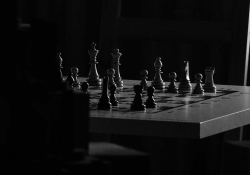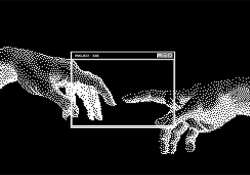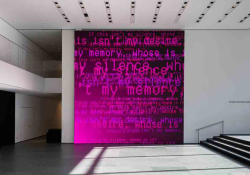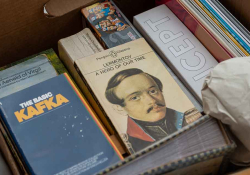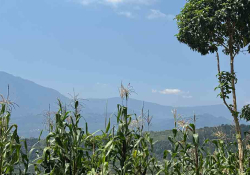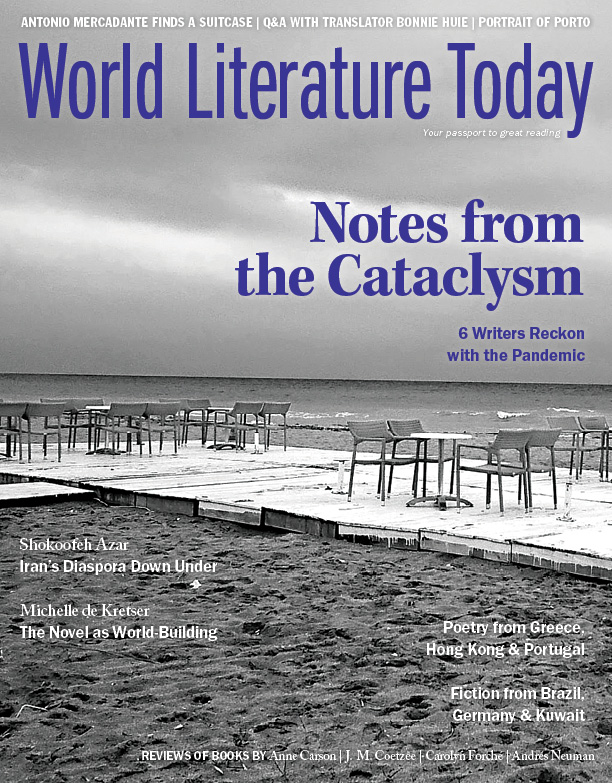Cataclysm
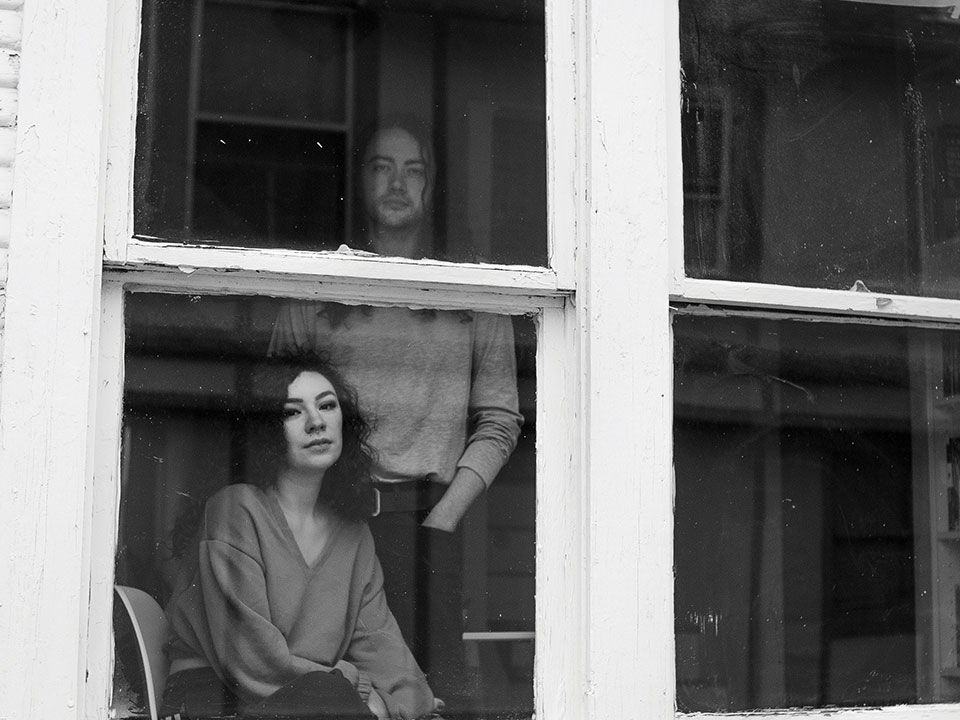
A writer of historical fiction, located in the US heartland, considers the pandemic’s languid creep and anticipates how writers will one day write about it.
We seemed to awaken to it slowly, here in the heart of the country: how radically our world has changed. When I was a girl, crisis events came to us quickly enough on the six o’clock news, but fashion and fads eased their way gradually, a languid creep, like spilled paint, crawling from the coasts toward us here in Oklahoma. We were always months behind California and New York.
The pandemic has felt a bit like that. First there were distant murmurs from China and Italy. Then the West Coast: Seattle, LA. Then, in a red tide of sirens and chaos, the news from New York. Then the empty streets, the silence. Then Chicago, Detroit, New Orleans. We knew it was making its way toward us, but it did not seem to have anything important to do with us yet.
And then it did. A colleague at the university. A friend of a friend. Too many elders testing positive at a nearby nursing home. Here in Oklahoma, it has seemed less a creeping tide and more like a flower blooming, opening outward from our major cities toward the smaller towns. A gradual unfolding. Disaster in slow motion. Until it becomes fast.
But it’s not so terrible here, we tell ourselves. Our deaths are in the hundreds, not thousands. Already we’re clamoring to come out of our houses, go back to work, get our nails done. A slow cataclysm is a bit like the tale of the frog in the pot of water on the stove—by the time he realizes the water is boiling, he is too cooked to hop out.
I’ve written of cataclysm in my novels, slow ones and fast ones: the gradual erosion of dignity and hope among the homeless and dispossessed during the Great Depression (Harpsong); the sudden eruption of racial violence and terror during the 1921 Tulsa Race Massacre (Fire in Beulah). I’ve been tracing the religious tumult and brutal executions of the English Reformation for a novel I’m working on now. Always there’s the need to trace the small accumulations, the daily minutiae that lead to the climactic turn.
Always there’s the need to trace the small accumulations, the daily minutiae that lead to the climactic turn.
The advantage of historical fiction is that we have the perspective of time and distance. We know, looking back, the myriad ways one thing led to the next, and the next: the incremental troubles, sins, choices, perturbations, as John Barth calls them, that limn the arc of human history. We know that collectively, if not individually, we survived. That the thing we want to tell ourselves in the midst of calamity is true: in the long run, everything will be okay. Changed, and not changed. Different, but still the same.
When I was a girl growing up, the pastor of our church believed that the Rapture would arrive at any moment: the end-of-days transformation when Jesus Christ will come again and all born-again Christians will be caught up to meet Him in the air. Every Sunday night Brother Luke preached from Revelation, a King James Bible open in one hand, a daily newspaper in the other, showing us all how the Seals were being broken. The Rapture is upon us, he said. Any day now. No man knoweth the hour. Then shall two be in the field; the one shall be taken and the other left.
I believed him. At school we practiced scrambling under our desks for protection in case of nuclear attack much as children today practice active shooter drills. We lived in the shadow of the global war our fathers had fought, and we expected holocaust at any moment, devastation, the end of the world. It had come for the Jews in Europe, hadn’t it? It had come for the citizens of Hiroshima and Nagasaki.
I heard a story back then, at school or at church, I can’t remember which: the most beautiful actress in Japan had been made sick with radiation poisoning after the atomic bombs America dropped on her country. She was so beautiful, and so sick from radiation, that all of her hair fell out, except for two lone strands on her head. When they moved her body after her death, those two hairs were left behind on the pillow.
Well, two things from that apocryphal story. One is the power of detail. Those two hairs on the pillow are seared in my mind to this day: they made the horror so starkly real. The other is the collective guilt my country shares for dropping atomic bombs on civilian populations. We say we have no guilt. We say it had to be done, there was no other way to end the war. But the fact that this story raced through churches and schools here in the middle of the country decades after the war ended tells me different. We know our sin, even if we will not admit it.
One night I got up from my bed—I must have been eight or nine years old—so haunted by the story of the Japanese actress I couldn’t sleep. I went to my parents watching the ten o’clock news in the living room. I told them the story, and how afraid I was that we were all going to die in a nuclear war. I told them I thought the end of the world was coming.
I remember my dad’s great gentleness, his good sense, how with such calmness and practicality he tried to soothe me. He said we’re all more afraid of the whole world dying than we are of our own death. He said he didn’t know why that is, but it just seems more frightening, harder to fathom. He said not to worry. The end of the world is not yet.
And indeed, it wasn’t. The 1960s came to an end, and there’d been no nuclear war. Also no Rapture. Then the 1970s, the ’80s, the ’90s, the turn of the century, the new millennium, and still the world did not end. For some time now I’ve been looking backward, at predictions of the end of the world, all the way back to John the Revelator on the Isle of Patmos, and before that even, back through the Old Testament, to Daniel, Ezekiel, the ancient Assyrians. I’ve come to see what my dad was saying that night: that we have always been looking for the end of the world, because we can see our own end.
In the 1930s, drought and reckless farming practices created one of the worst environmental disasters in the nation’s history. In the heartland, including the panhandle of Oklahoma, vast black blizzards boiled up on the horizon, the sky turned black, roiling clouds of dust raced across the plains: a mile-high wall of dirt like an earthen tidal wave sweeping over everything in its path, killing livestock, destroying crops, choking babies, stripping off topsoil. Every dust storm was an immediate and terrifying cataclysm. People thought it was the end of the world.
But in writing a novel about that era and its people, I came to understand that it was gradual cataclysm that led to the sudden ones: decades of land speculation, unchecked greed, unregulated banking practices—all these led to the Great Depression and the Dust Bowl, which led to the largest migration of white Americans in a short period of time in the nation’s history as hundreds of thousands of Okies made their way west to California, which led to John Steinbeck’s iconic novel Grapes of Wrath.
Which led, seven decades later, to me writing a novel, not in response to the great dust storms, but to Steinbeck’s book, which I believed held some errors about Oklahomans. Which led to the need to research the incremental details before and during the great cataclysm: bank failures and foreclosures, cow killings, plagues of jackrabbits sweeping over the land destroying every sprig that emerged from the parched earth, and the massive rabbit drives when the people gathered on Sundays to drive thousands of jackrabbits into corrals on the prairie, club them to death, burn them. The sound of rabbits screaming. The stench of scorching meat. The specific sensory detail that tells the story.
Just so, in writing about the Tulsa Race Massacre, I needed to research the details of that great paroxysm of hatred and violence that swept Tulsa’s black district on the night of May 31 and the day of June 1, 1921. I also had to research the slow devastations that preceded it, the thousand million cuts, depredations, murders that are the story of this country’s treatment of people of African descent. I needed to study the aftermath of the American Civil War, segregation, racial terrorism, disenfranchisement, lynchings, and I had to learn these details of our history not in some generalized place, but how they took place here, specifically, in my home state of Oklahoma.
Always, always, it is the slow cataclysm that precedes the fast.
Always, always, it is the slow cataclysm that precedes the fast. I need to know that in order to write the story, just as I need to know it to understand the present moment we’re in, and what is to come. I think about the symbolism of the Book of Revelation. The title comes from the first word of the book, in Greek, apokalypsis, which means “unveiling” or “revelation.” This apocalypse I’ve been waiting for all my life simply means the revealing of divine mysteries.
The era of my most recent novel—the 1540s in England—was rife with rumors and sermons and beliefs about the Apocalypse. Evangelicals then, as now, believed they were living in the End Times, and many went willingly to their fiery deaths because of that belief. And something surely did end with the Protestant Reformation, and something new emerged from the ashes, the proverbial phoenix. Changed and not changed. Different and still the same.
Because, in fact, people have kept right on killing people in the name of faith—and not just religious faith but political faith, economic faith, ethnic faith, belief in our own manifest destiny. The fault, dear Brutus, is not in our stars, but in ourselves . . .
It will take a long while, I think, for novelists to begin to tackle this slow calamity, this lugubrious apocalypse, this gradual unveiling of divine mysteries.
It’s comforting to think of the writers who’ll tell the stories of this pandemic. So far it’s been mostly the poets bearing witness, and journalists, of course, and nonfiction writers. It will take a long while, I think, for novelists to begin to tackle this slow calamity, this lugubrious apocalypse, this gradual unveiling of divine mysteries. Perhaps it will take so long that the books will be works of historical fiction.
We’ll read those novels: we’ll want to know what happened, and why—not just the factual whys, otherwise we’d be satisfied with nonfiction histories, but the why of the human psyche. We’ll want to know and understand and live the motivations and hungers and fears inside the characters: what happened in those dark days inside the human hearts of the ones who lived it. That will be the unveiling. That, to me, is always the divine mystery.
University of Oklahoma





